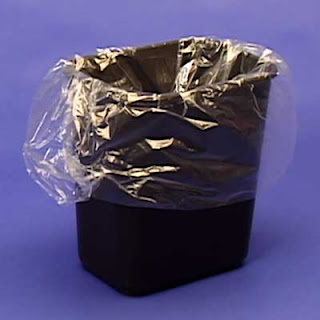Moving out
First off, for my own enjoyment: I am on summer break! It feels so good to say that. But before being able to be officially on summer vacation, every college student has to move out. I had a crazy finals week with work, an interview (where I got a really cool internship with the Sierra Club, more info on that later : ) ), and packing. I don’t know how, but I managed to do it all.
Before I had started packing I decided I had too much stuff and I needed to get rid of some of it. I have to admit, however, that despite my best intentions, I only donated 2 long-sleeve T-shirts. When I was packing I asked myself if I had used it recently and if I really needed the item. It seems to make sense though that all my answers were “yes” because the room really is so small that no extra, unused things can easily fit.
What really surprised me was how much stuff other people threw out! There were piles of e-waste at the drop off locations. What really bothered me is that there is no way in one building the students broke 2 toasters, 4 coffee makers, 2 small vacuums, a printer, countless ink cartridges, and other items. Although the cartridges were most definitely empty, there are locations (like Costco) that will refill them for reuse. This was all the stuff that I saw at 1 location on one day early in the week, and I have a strong feeling most of it could be reused, sold, donated, or just passed on to someone else. What do people think recycling is? If they knew it was going to be shredded would they still have put it there? (Check back tomorrow for my experience at an e-waste recycling facility!)
They also had huge dumpsters around campus near all of the dorms. The one outside of mine (that did serve about 3 large dorms. I would say maybe 300 students) was overflowing by the time I left on the last day.
This picture was taken two days before most students had moved out and it was already halfway full. It was so big that they had to put stairs in front of it so you could get your trash into it. What I really do not understand is what students were throwing away. We had places to donate books, furniture, rugs, and other items. So what filled up this dumpster and could it have been avoidable?
During move out (and the days before while I was packing) I threw out 2 ink cartridges wrappers, 4 paper towels (I hate them, but there was no way I was going to clean out where our trash had been with a towel) and a plastic bag… So where did all of this trash come from? Is this the waste we normally create during the average week and it was just concentrated in one place making it more noticeable? It’s frightening to consider.
























